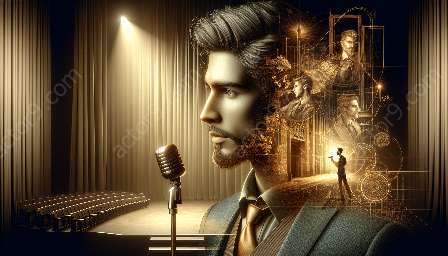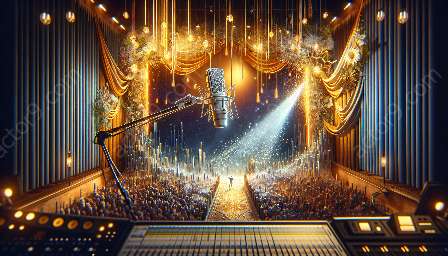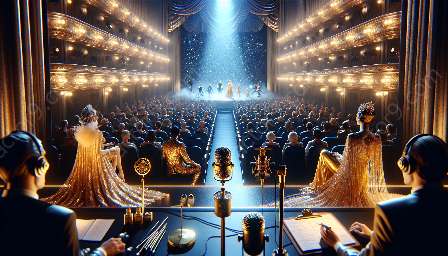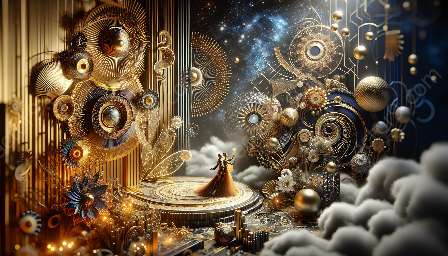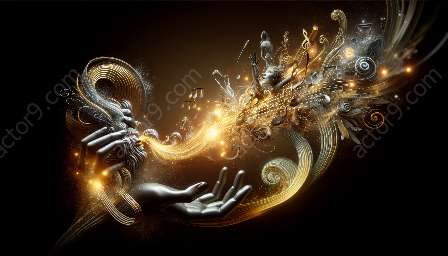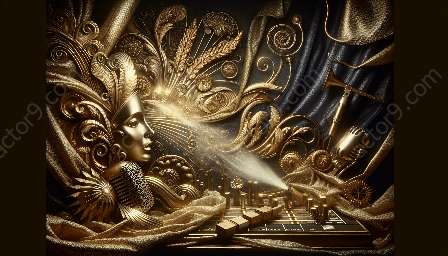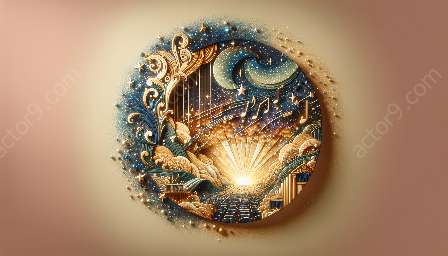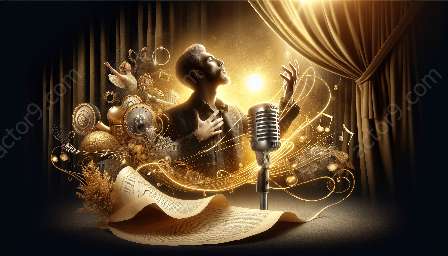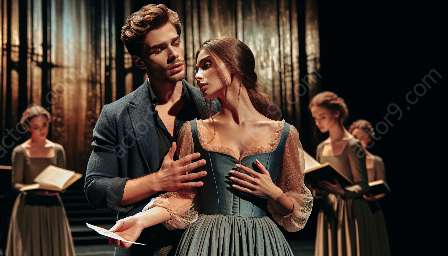Whether seen or unseen, sound is a powerful tool that shapes our experiences. Within the realms of foley artistry and voice acting, the interplay of sound and psychology creates a fascinating connection. This article delves into the intricate relationship between foley artistry, the psychology of sound perception, and the role of voice actors in facilitating this connection.
The Intricacies of Foley Artistry
Foley artistry encompasses the creation of sound effects for film, television, and other media. It involves the reproduction of everyday sounds, such as footsteps, door creaks, and object interactions. These sounds are meticulously crafted to synchronize with the visual content, enhancing the overall sensory experience for the audience.
The art of foley is grounded in a deep understanding of the psychology of sound perception. By manipulating and recreating sounds, foley artists influence the way audiences perceive and interpret the events unfolding on screen. The perception of realism is essential in foley artistry, as it fosters a seamless integration of sound with visual storytelling.
Psychological Aspects of Sound Perception
Sound perception is a multifaceted process shaped by psychological and cognitive factors. The way individuals perceive and interpret sounds is influenced by their past experiences, cultural backgrounds, and emotional states. Through the phenomenon of psychoacoustics, researchers investigate how the human brain processes and comprehends auditory stimuli.
Moreover, sound perception plays a pivotal role in eliciting emotional responses and establishing connections with the narrative. The manipulation of sound elements can evoke specific moods, amplify tension, or create a sense of intimacy, all of which deeply affect the audience's engagement with the media content.
The Intersection of Foley Artistry and Sound Perception Psychology
When examining the connection between foley artistry and sound perception psychology, it becomes evident that foley plays a crucial role in shaping the auditory aspects of storytelling. Foley artists utilize their understanding of sound perception to create immersive audio experiences that resonate with the audience on emotional and cognitive levels.
By intertwining the principles of sound perception psychology with their craftsmanship, foley artists enhance the narrative's impact through the strategic placement and manipulation of sound effects. Whether it's the sound of a character's footsteps or the ambient noises in a particular setting, foley artistry is a masterful blend of art and science, designed to engage and immerse the audience.
Voice Actors as Sound Perception Catalysts
Within the realm of voice acting, the psychology of sound perception comes to the forefront through the vocal expressions and deliveries of the actors. Voice actors embody characters and breathe life into dialogues, utilizing their vocal nuances to convey emotions, intentions, and personality traits.
Through their mastery of voice modulation and tonal variations, voice actors directly influence the audience's psychological interpretation of the characters they portray. The timbre, intonation, and pacing of their speech can elicit empathy, suspense, or excitement, shaping the audience's emotional journey through the narrative.
Furthermore, voice actors collaborate closely with foley artists to ensure that their vocal performances harmonize seamlessly with the auditory landscape. Their synergy contributes to a holistic auditory experience, where the psychology of sound perception intertwines with the artistic expressions of both foley artistry and voice acting.
Conclusion
The connections between foley artistry and the psychology of sound perception extend beyond mere craftsmanship; they encapsulate the profound impact of sound on human cognition and emotions. Understanding these connections enhances the appreciation for the meticulous artistry involved in creating immersive auditory experiences. From the artful crafting of sound effects to the evocative vocal portrayals by voice actors, the convergence of foley artistry and sound perception psychology enriches our multimedia encounters, leaving lasting impressions on our sensory perceptions.





